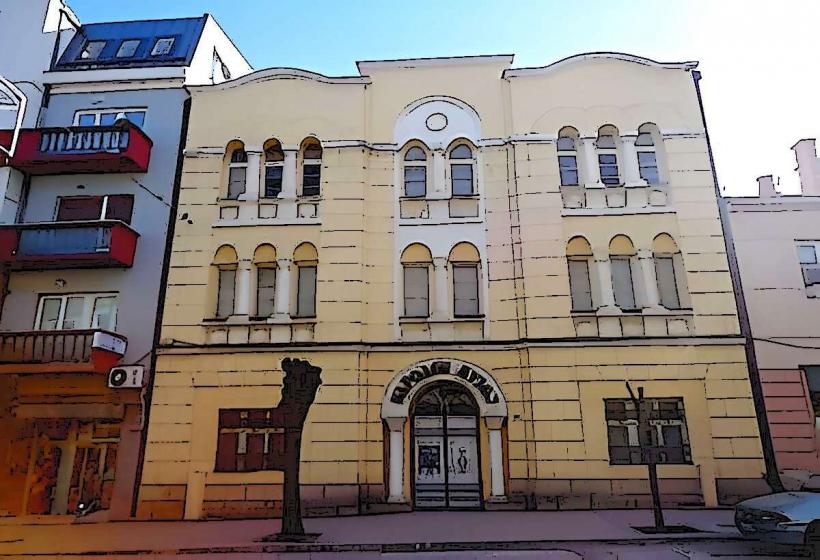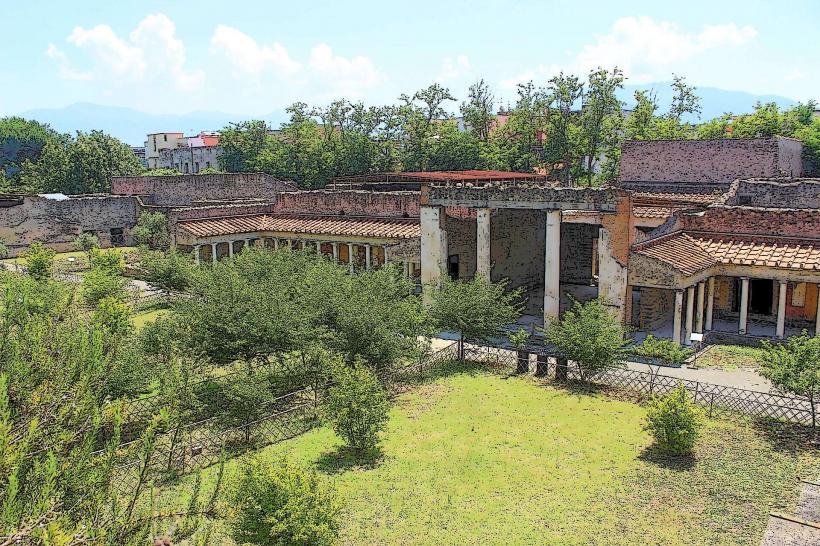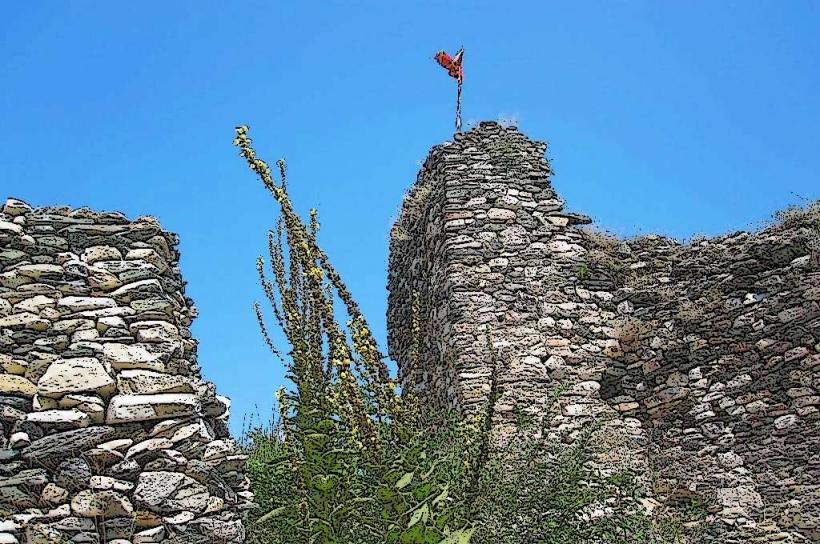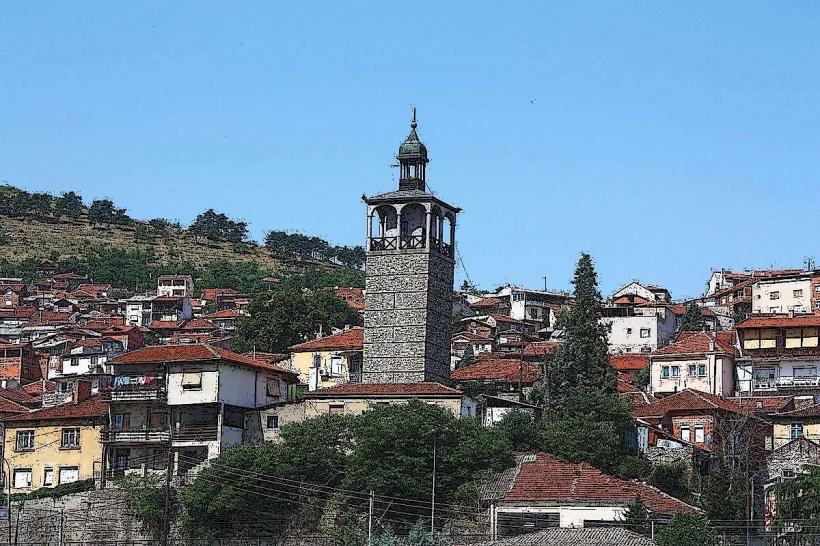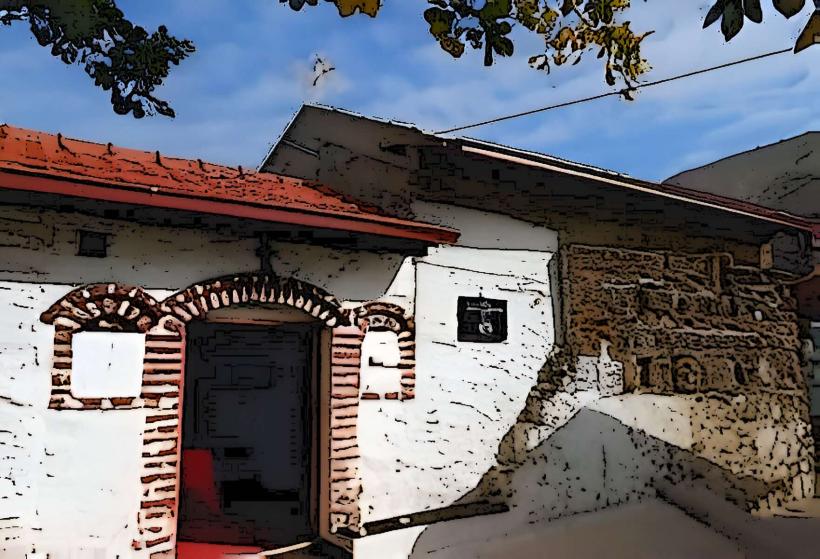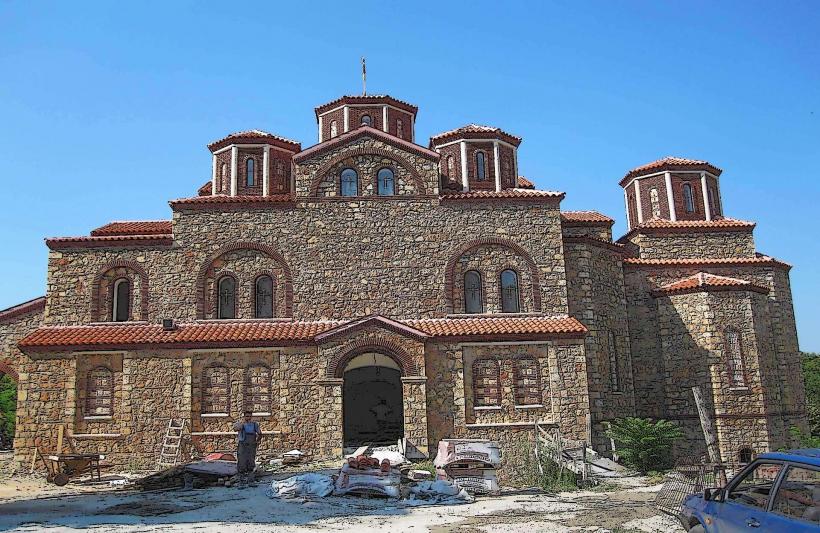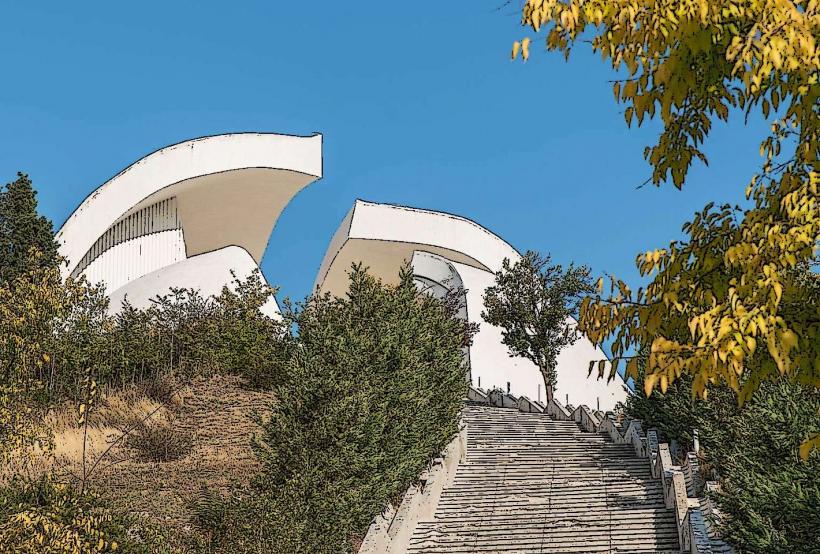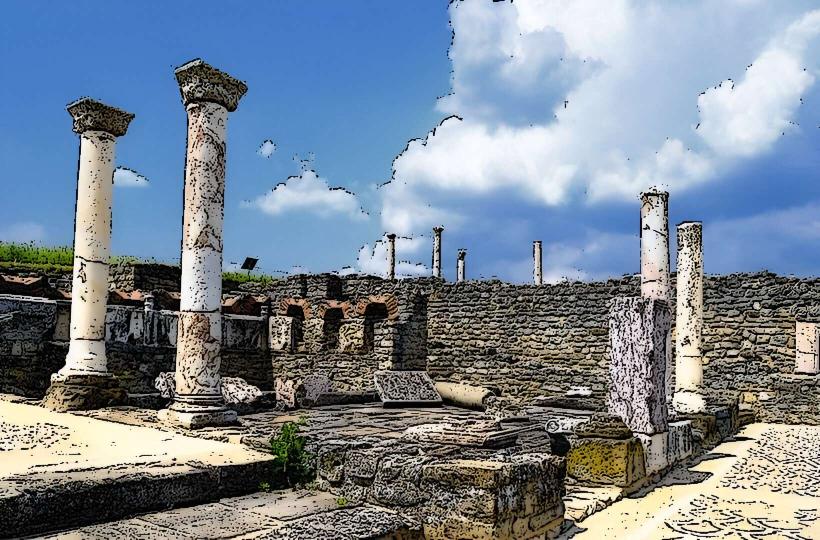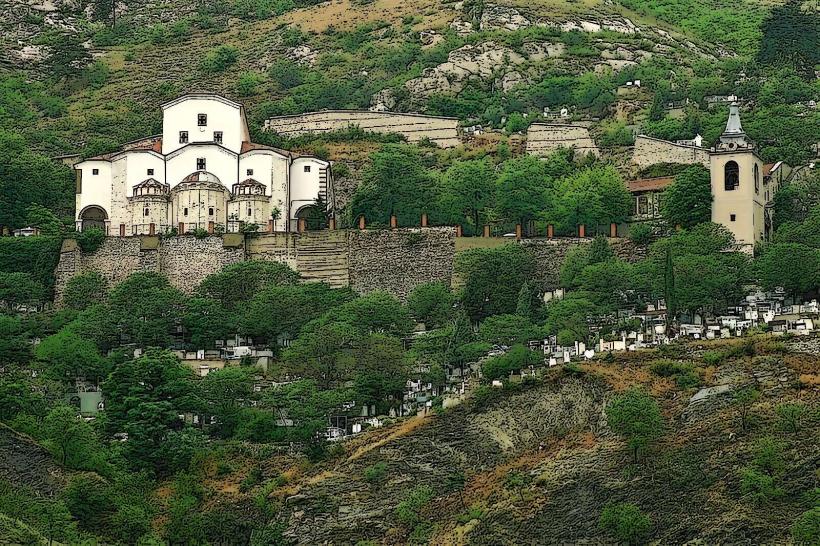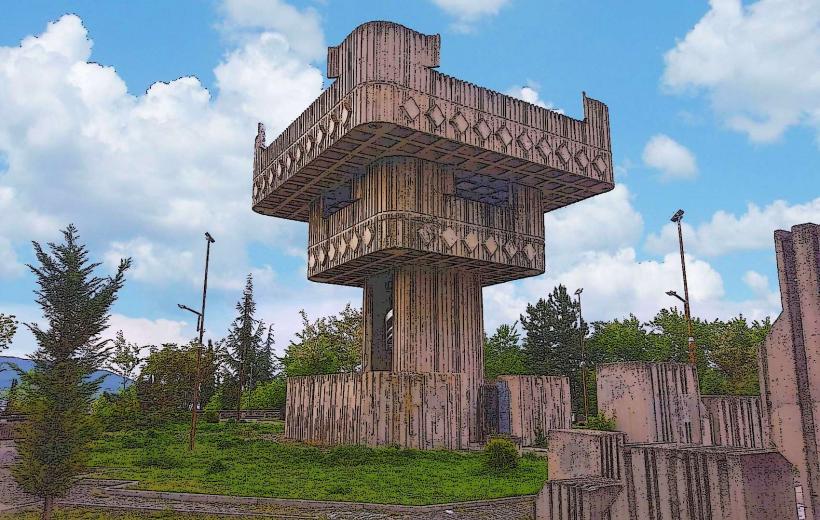Information
Landmark: St. Peter and Paul ChurchCity: Veles
Country: North Macedonia
Continent: Europe
The St. Peter and Paul Church in Veles, North Macedonia, is a significant religious and historical site. This Orthodox Christian church is notable for its architectural style, cultural importance, and historical role in the community. Here are the key aspects of the church:
1. Historical Context:
- The St. Peter and Paul Church dates back to the Middle Ages, making it one of the older religious structures in the region. The church's history is tied to the development of Christianity in the area and its role in the religious life of the town of Veles.
- Over the centuries, the church has undergone several restorations and modifications, reflecting the changing cultural and historical circumstances of the region. Despite these changes, the church has remained an important place of worship and community life for the people of Veles.
2. Architectural Design:
- The church is built in the traditional Byzantine style, which is common among Orthodox Christian churches in the Balkans. This style is characterized by the use of domes, arches, and rectangular layouts that emphasize the spiritual and symbolic aspects of the architecture.
- The interior of the church is known for its iconography, with beautiful frescoes and religious icons that depict various scenes from the Bible and the lives of saints. These artistic elements are important not only for their spiritual significance but also for their artistic and historical value.
- The exterior of the church is often made of stone or brick, which is typical of Orthodox Christian churches in the region. Its design is modest, yet it conveys a sense of timelessness and reverence.
3. Religious and Cultural Significance:
- The St. Peter and Paul Church is dedicated to the two important Christian saints, Saint Peter and Saint Paul, who are central figures in the New Testament. The church's dedication is a reflection of the town's Orthodox Christian heritage.
- As a place of worship, it serves as a central religious institution for the local community, hosting regular divine liturgies, festivals, and sacramental rites. The church also plays a role in community gatherings and cultural events related to the Orthodox faith.
- The church has become a symbol of the spiritual heritage of Veles and continues to be an active center of Orthodox Christian life in the town.
4. Role in the Community:
- The St. Peter and Paul Church has historically been a key center for religious life in Veles. It has been a place for baptisms, weddings, funerals, and other significant life events.
- The church is also a hub for community activities, bringing together the people of Veles for religious services and cultural celebrations. The patronal feast day of St. Peter and Paul (celebrated on June 29) is one of the important events in the town’s religious calendar, with special services and gatherings.
5. Restorations and Preservation:
- Over the centuries, the church has undergone various renovations to preserve its structure and religious iconography. These efforts have helped maintain the church as an important landmark in Veles.
- The church's frescoes and icons have been carefully restored and preserved, allowing visitors and worshippers to appreciate the artistic and spiritual heritage they represent.
6. Visitor Experience:
- The St. Peter and Paul Church is open to the public, offering visitors the opportunity to experience the spiritual atmosphere of an active Orthodox Christian church. Visitors can explore the iconography, admire the architectural details, and participate in religious services or cultural events.
- The church’s serene and peaceful setting makes it a place of reflection and spiritual solace for both locals and tourists.
7. Tourist and Historical Value:
- For those interested in history, religion, and art, the St. Peter and Paul Church provides valuable insights into the Orthodox Christian tradition and the cultural history of Veles and the surrounding region.
- The church is a part of Veles' broader cultural heritage, which includes other historical landmarks and religious sites. It contributes to the town's identity as a historical and spiritual center in North Macedonia.
Conclusion:
The St. Peter and Paul Church in Veles is an important religious and cultural landmark, with a rich history that spans centuries. Its Byzantine architectural style, religious significance, and role in the community make it a key feature of the town’s cultural landscape. As a place of worship, reflection, and cultural heritage, the church continues to serve both the local population and visitors seeking to learn more about the history and spirituality of Veles.

